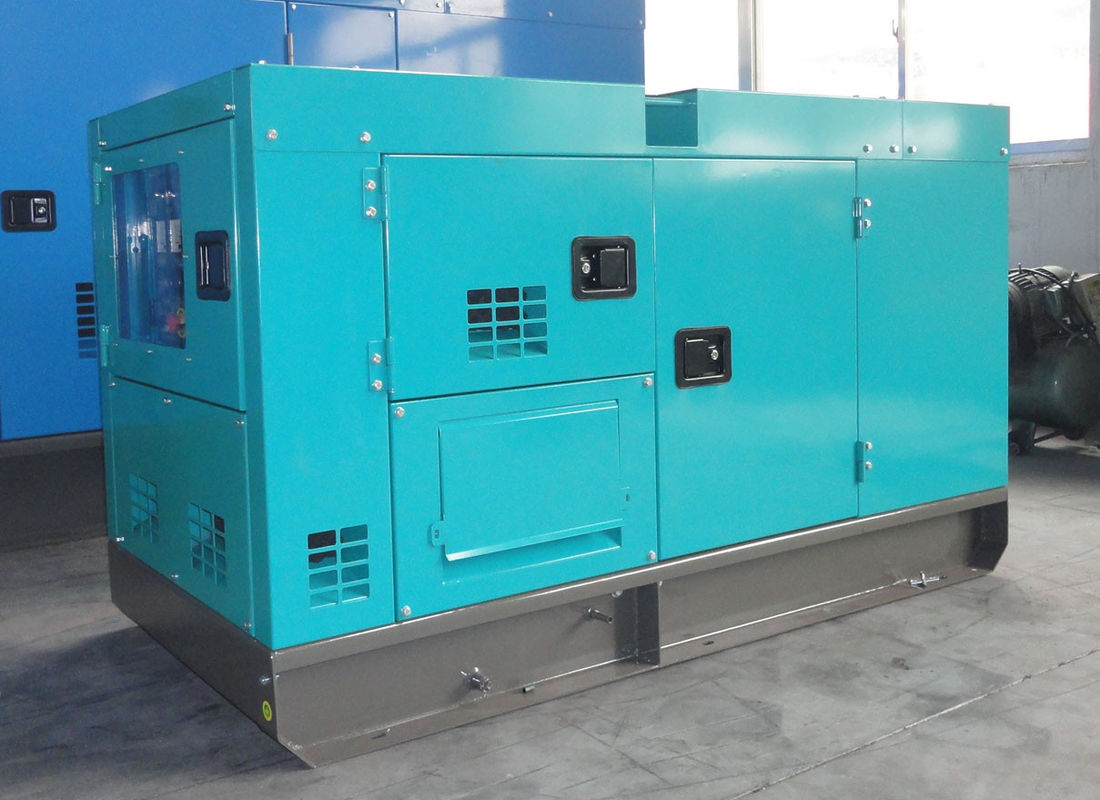Introduction (word count: 200)
Diesel generators have long been a reliable source of backup power in various industries, ranging from manufacturing plants to hospitals and data centers. These robust machines provide an essential lifeline during power outages, ensuring uninterrupted operations and minimizing costly downtime. However, like any complex equipment, diesel generators can experience failures and malfunctions, causing disruptions in power supply. To identify and resolve these issues effectively, root cause analysis (RCA) plays a crucial role. In this article, we will explore the role of diesel generators in root cause analysis, the importance of RCA, and the steps involved in conducting a comprehensive analysis.
1. Understanding Root Cause Analysis (word count: 500)
1.1 Definition and Importance of RCA
Root cause analysis is a systematic approach used to identify the underlying causes of failures or problems. Its primary objective is to prevent the recurrence of these issues by addressing their root causes, rather than merely treating the symptoms. In the context of diesel generators, RCA allows for a deeper understanding of the failures, enabling technicians and engineers to make informed decisions for effective repairs, maintenance, and overall system improvement.
1.2 Benefits of Conducting RCA for Diesel Generators
Performing root cause analysis for diesel generators offers several significant benefits. These include:
- Minimizing downtime: Identifying and resolving the root cause of failures ensures that the generator is back in operation quickly, reducing costly downtime.
- Cost savings: By addressing the underlying causes of failures, unnecessary repairs and replacements can be avoided, resulting in cost savings for the organization.
- Enhanced reliability: A thorough RCA helps identify weak points in the generator system, allowing for targeted improvements and increased overall reliability.
- Safety improvements: Understanding the root cause of failures enables organizations to implement safety measures that prevent similar incidents from occurring in the future.
2. Common Failure Modes in Diesel Generators (word count: 800)
2.1 Fuel System Failures
Fuel-related issues are one of the most common failure modes in diesel generators. These can include fuel contamination, clogged filters, injector malfunctions, or inadequate fuel supply. Identifying the root cause of fuel system failures is crucial for maintaining optimal generator performance.
2.2 Cooling System Failures
The cooling system is essential for dissipating the heat generated during diesel generator operation. Failures in this system can lead to overheating, reduced efficiency, and potential engine damage. Root cause analysis helps identify issues such as coolant leaks, clogged radiators, malfunctioning thermostats, or inadequate coolant levels.
2.3 Lubrication System Failures
The lubrication system in diesel generators ensures smooth operation by reducing friction and preventing excessive wear and tear. Failures in this system can lead to engine seizure, bearing failure, or other catastrophic events. Conducting RCA allows for the identification of lubrication system failures, such as oil leaks, inadequate oil levels, or faulty oil pumps.
2.4 Electrical System Failures
The electrical system of a diesel generator includes components such as alternators, voltage regulators, and control panels. Failures in this system can result in power fluctuations, electrical shorts, or complete power loss. Root cause analysis helps pinpoint issues such as faulty wiring, loose connections, or malfunctioning components.
3. Steps for Conducting Root Cause Analysis (word count: 1000)
3.1 Define the Problem
The first step in RCA is to clearly define the problem or failure that needs to be analyzed. This involves gathering all relevant data, including generator performance logs, maintenance records, and any available incident reports.
3.2 Gather Information
Once the problem is defined, it is crucial to collect as much information as possible related to the failure. https://www.lkpowerplant.com can include visual inspections, measurements, data from monitoring systems, and interviews with operators or maintenance personnel.
3.3 Analyze the Data
In this step, the collected data is analyzed to identify potential causes of the failure. Various techniques, such as fault tree analysis, fishbone diagrams, or 5 Whys, can be used to systematically analyze the data and establish causal relationships.
3.4 Determine the Root Cause(s)
Based on the analysis, the root cause(s) of the failure are determined. It is essential to distinguish between immediate causes and underlying causes to ensure that the analysis addresses the true source of the problem.

3.5 Develop and Implement Corrective Actions
Once the root cause(s) are identified, appropriate corrective actions can be developed and implemented. These actions may include repairs, modifications, improved maintenance procedures, or training programs to prevent future occurrences of the failure.
3.6 Monitor and Evaluate
After implementing the corrective actions, it is essential to monitor the generator's performance and evaluate the effectiveness of the implemented solutions. This step helps ensure that the root cause has been effectively addressed and that the generator's reliability and performance have improved.
4. Conclusion (word count: 300)
Root cause analysis is a crucial tool for identifying and resolving failures in diesel generators. By understanding 200kw diesel generator for remote construction projects causes of issues, organizations can implement targeted corrective actions to minimize downtime, reduce costs, and enhance overall system reliability. Performing RCA for diesel generators involves a systematic approach that encompasses problem definition, data gathering, analysis, determination of root causes, implementation of corrective actions, and continuous evaluation. By following these steps, organizations can effectively address failures and prevent their recurrence, ultimately ensuring the reliable performance of their diesel generator systems.
